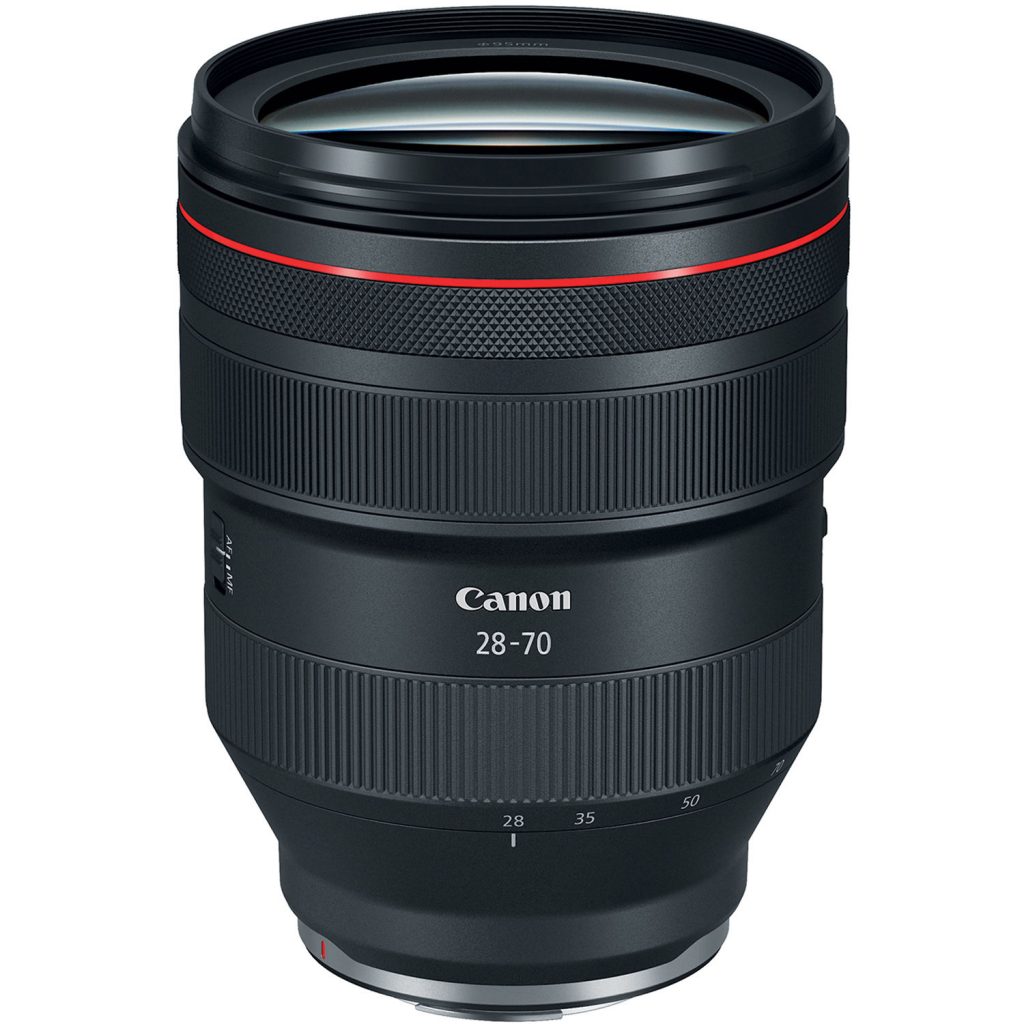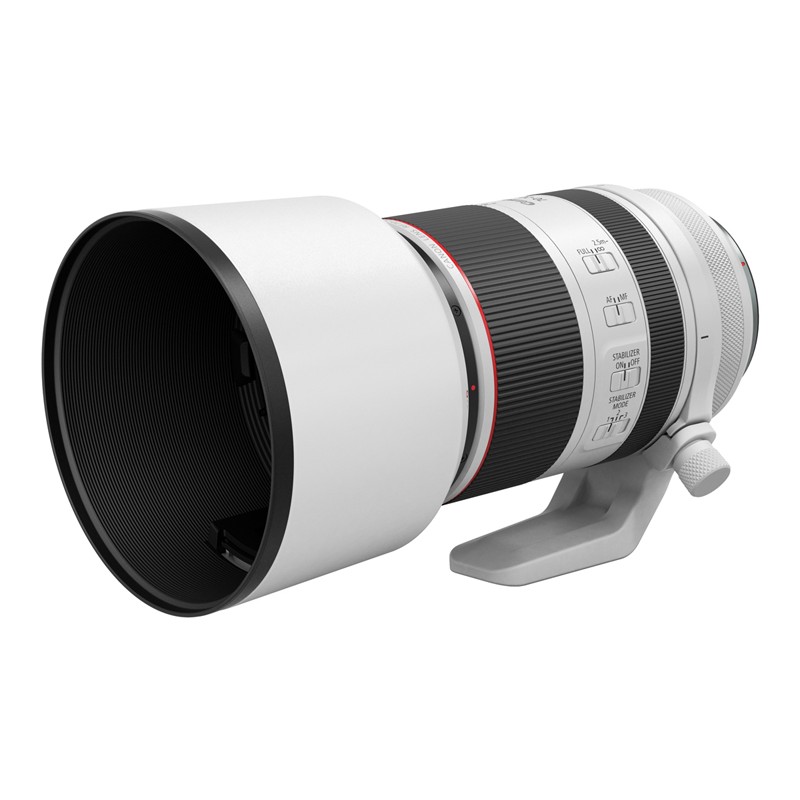
It's important to note that you can actually use Canon DSLR lenses on Canon mirrorless cameras, but you must use an adapter. The only way you can fit EF-M lenses (opens in new tab) onto a different lens mount is by using an adapter, which we wouldn't necessarily recommend.

However, since they use the same RF mount as full-frame mirrorless bodies, they can be used on cameras like the Canon EOS R (opens in new tab) and Canon EOS RP (opens in new tab) (while invoking a 1.6x crop on the focal length, as the cameras will default to crop shooting mode).ĥ) Canon EF-M lenses are for Canon's APS-C format mirrorless EOS M cameras, like the Canon EOS M50 Mark II (opens in new tab).
Canon l objektiv full#
While these lenses would technically fit onto any Canon DSLR, they're not suitable for full frame cameras, as you wouldn't get the focal length promised on the box.Ĥ) Canon RF-S lenses are for APS-C format R system mirrorless cameras, namely the Canon EOS R7 (opens in new tab) and Canon EOS R10 (opens in new tab). It's actually possible to use full frame lenses on APS-C cameras (some photographers do this to get a little extra reach when using a telephoto lens, as the 1.6x crop factor of an APS-C sensor brings you closer to the subject).ģ) Canon EF-S lenses are for APS-C Canon DSLRs, which means they're designed to only reflect light onto the smaller APS-C sensor size. You might want to check out our full guide to the best Canon RF lenses if you have an RF mount camera.Ģ) Canon EF lenses are for full frame Canon DSLRs. Here's a quick explainer to help you make sure you're on the right lines.ġ) Canon RF lenses are designed for Canon's full frame mirrorless cameras, such as the Canon EOS R5, Canon EOS R6 and more. Somewhat confusingly, Canon has four different lens mounts – and it's super important that you make sure you get the right type for you. We've added an explainer for these mounts below. There are five different actively supported Canon lens mounts: for DSLRs there are Canon EF and Canon EF-S, while for mirrorless there's Canon RF, Canon RF-S and Canon EF-M. Alternatively, if you prefer to capture people, then exploring the portrait lenses section will give you a variety of telephoto prime lenses that are perfect for flattering your subjects and incorporating pleasing bokeh. These will enable you to get up close and personal with your favorite tiny critters and floral subjects. The first 10,000 batch of early-production models of the EF 24-105mm f/4L IS USM had a flare problem and Canon offered to repair them for free.If you're interested in capturing close-up details, then you'll want to check out our section on macro lenses. Weather sealing is only effective if the photographer uses a weather-resistant camera body with the lens. The lens also includes rubber gaskets for moisture and dust protection.

Compared to the 24-70mm f/2.8L USM version, the 24-105mm f/4L IS USM lens loses a full stop but gains image stabilization, stabilizing camera shake up to three stops.
Canon l objektiv series#
The Canon EF 24-105mm F4.0 L IS USM Objektiv is often compared to the other L series zoom of comparable range, the 24-70mm f/2.8L USM.

Canon l objektiv manual#
The L in the name means “expensive as L.” Ultrasonic means USM, which means you may grab the focus ring at any time for instant, silent manual focus override.

All Canon lenses since 1987 have been EF. is a Japanese corporation specializing in optical, imaging, and industrial products such as lenses, cameras, medical equipment, scanners, printers, and semiconductor manufacturing equipment.įor the Canon EF 24-105mm F4.0 L IS USM Objektiv lens, the EF means “electronic focus,” meaning that there is an autofocus motor in the lens itself. The Canon EF 24-105mm F4.0 L IS USM Objektiv is an EF mount wide-to-telephoto zoom lens that was introduced by Canon in October 2005 to complement the 17-40mm f/4L USM and 70-200mm f/4L USM lenses, which were well-regarded.


 0 kommentar(er)
0 kommentar(er)
